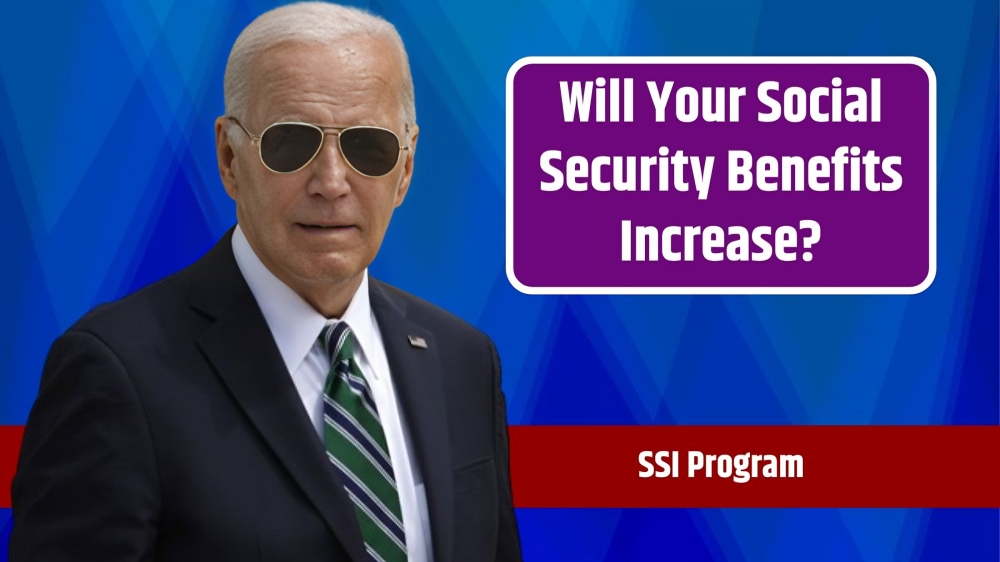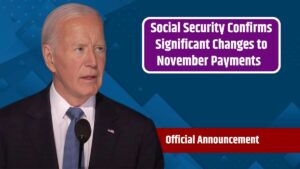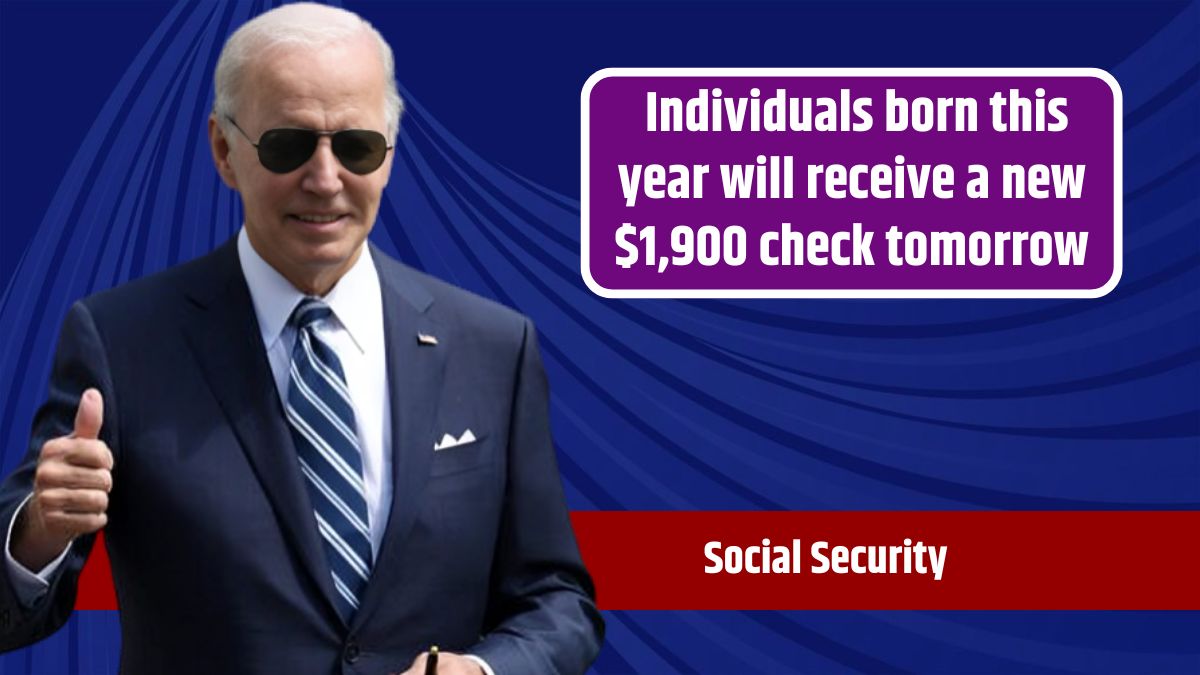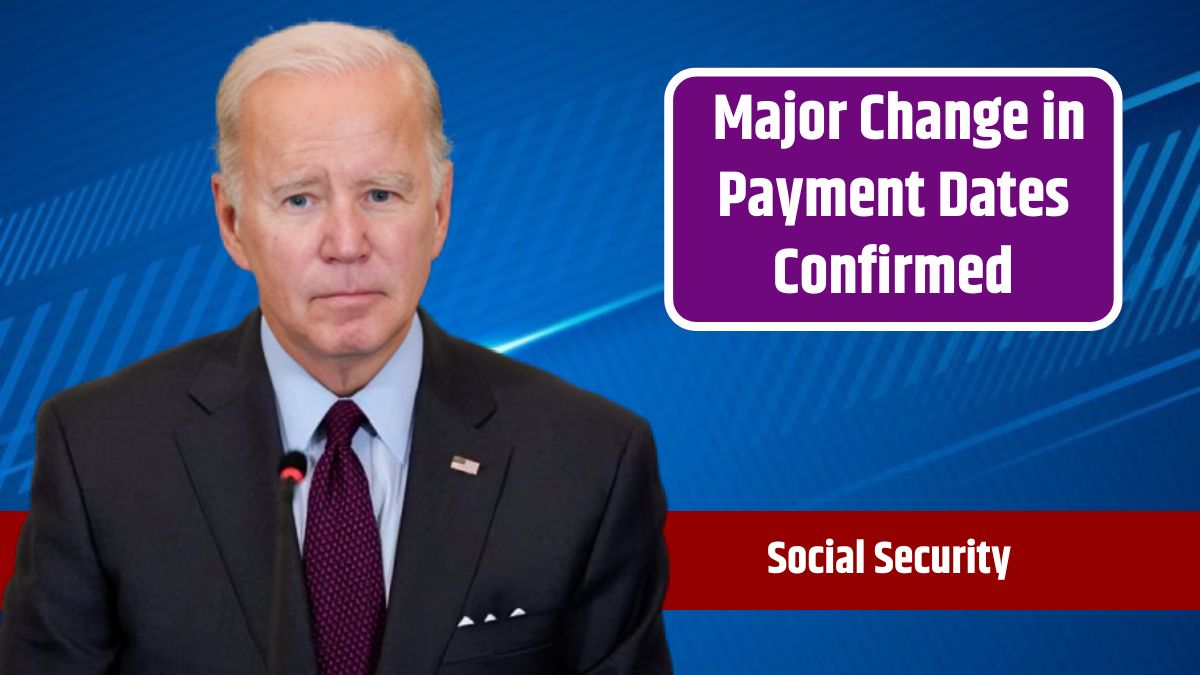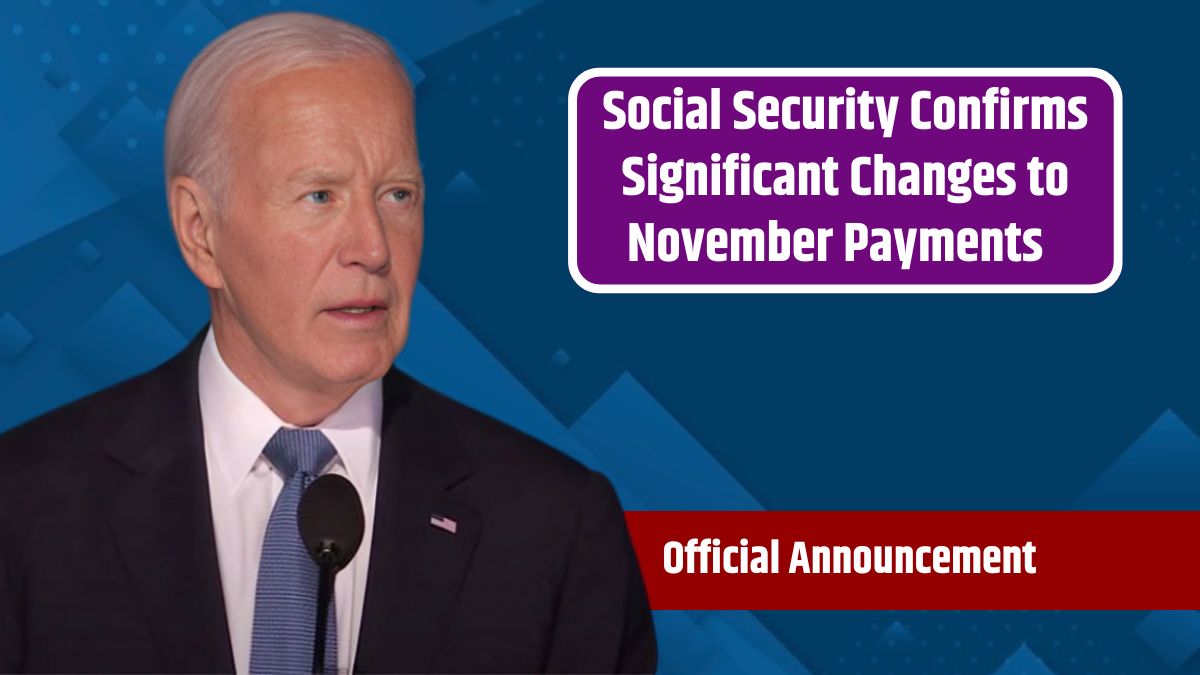This fall, the Supplemental Security Income (SSI) program is set to undergo significant changes, potentially increasing benefits for many recipients. On May 9, the Social Security Administration (SSA) announced updates aimed at expanding the definition of a “public assistance household,” a move that could positively impact a large number of beneficiaries. These changes are designed to simplify access to benefits and broaden eligibility, marking a crucial step toward easing financial strain for vulnerable populations.
Eligibility
The upcoming changes to SSI are particularly focused on expanding eligibility and easing the burden of reporting for those living in public assistance households. Traditionally, the SSI program required detailed income reporting, including any support received from household members. This could reduce or even disqualify an individual’s benefits, as any financial help was counted as income.
The new rule changes this approach by assuming that individuals in public assistance households do not receive financial support from other household members. This shift means more people may qualify for benefits, and current beneficiaries could see an increase in their monthly payments.
Social Security Commissioner Martin O’Malley emphasized the importance of these updates, stating, “I’m committed to making systemic changes to help people access the critical benefits they need, including SSI.” By integrating programs like the Supplemental Nutrition Assistance Program (SNAP) into the broader definition of public assistance households, the SSA aims to remove existing barriers and streamline the process for those seeking SSI benefits.
Impact
The impact of these changes could be substantial. By revising the income calculation rules, many beneficiaries may see an increase in their SSI payments. Previously, any financial help from household members was counted as income, potentially lowering the recipient’s SSI amount. With this consideration removed, the SSA expects that more individuals will qualify for benefits, and those already receiving SSI could notice a boost in their monthly payments.
However, the exact amount of the increase remains uncertain. The SSA has not yet provided specific figures, and the effect will vary depending on individual circumstances. Some recipients will experience a noticeable rise in their benefits, while others might not see any change. The SSA plans to release more details as the implementation date approaches, offering clarity on how the new rules will affect each recipient.
Public Assistance Households
One of the most significant changes involves the definition of a public assistance household. Under the new rule, a household will qualify as a public assistance household if it includes at least one SSI applicant or recipient and at least one other member receiving public income-maintenance payments, such as SNAP benefits. Previously, every member of the household had to be on public assistance for the household to qualify. This broader definition means that even households with mixed eligibility statuses can qualify, potentially increasing the number of beneficiaries and the amount they receive.
Changes
The SSA is also revising its approach to in-kind support and maintenance. Earlier this year, the agency announced that food assistance from informal sources, such as friends, family, or community programs, would no longer count against a recipient’s SSI benefits. This change ensures that food support will not reduce an individual’s SSI payments, which could have been the case under previous policies.
Additionally, the SSA is expanding its rental subsidy policy nationwide. Under this policy, recipients who receive discounted rental rates or other forms of rental help will be less likely to see those benefits reduce their SSI payments. This expansion is a significant relief for those who depend on affordable housing options.
Timeline
The final rule will take effect on September 30, 2024. While payment increases could begin as early as October, the timing is still uncertain. The SSA is expected to make further announcements that will clarify when these changes will be reflected in beneficiaries’ payments.
Eligibility for SSI remains the same. Individuals must be at least 65 years old, blind, or disabled, with limited income and resources. They must also be U.S. citizens, nationals, or certain non-citizens residing in one of the 50 states, Washington, D.C., or the Northern Mariana Islands. Special provisions exist for children of military personnel stationed abroad and certain students temporarily studying abroad.
As these changes roll out, they promise to make accessing and maintaining SSI benefits more straightforward and equitable for those who need them most. With the SSA’s commitment to easing financial burdens, recipients can look forward to a system that better serves their needs.
FAQs
When will the SSI changes take effect?
The new rules will take effect on September 30, 2024.
Will SSI benefits increase for all recipients?
Not necessarily; increases depend on individual circumstances.
What is a public assistance household?
A household with at least one SSI recipient and another member receiving public benefits.
Will rental assistance affect SSI payments?
Under the new rules, rental assistance is less likely to reduce SSI benefits.
Who is eligible for SSI?
Individuals aged 65 or older, blind, or disabled with limited income and resources.
